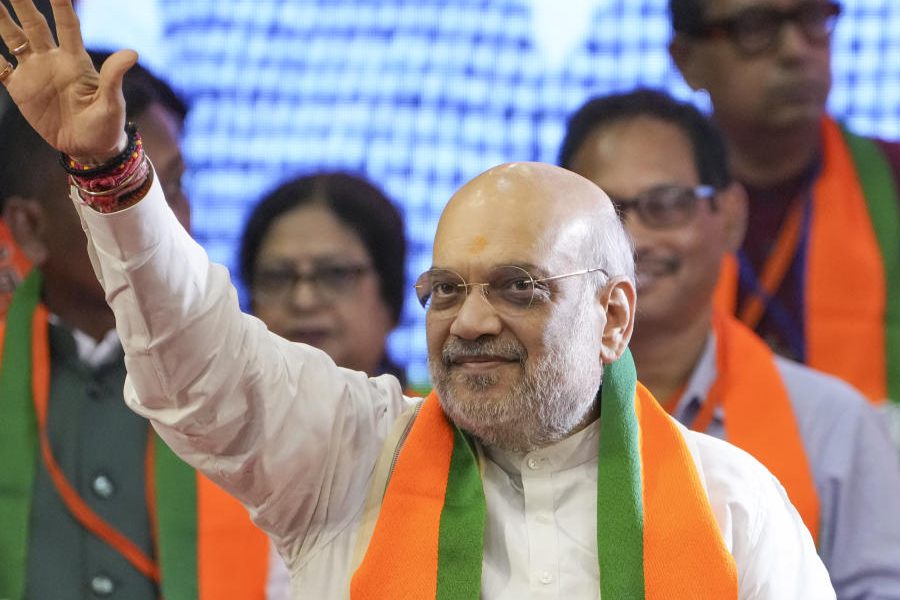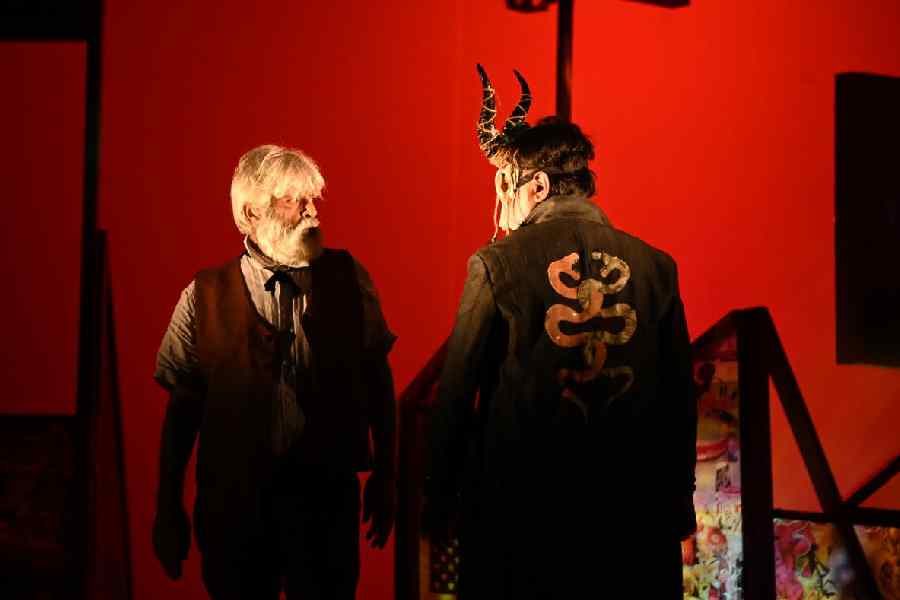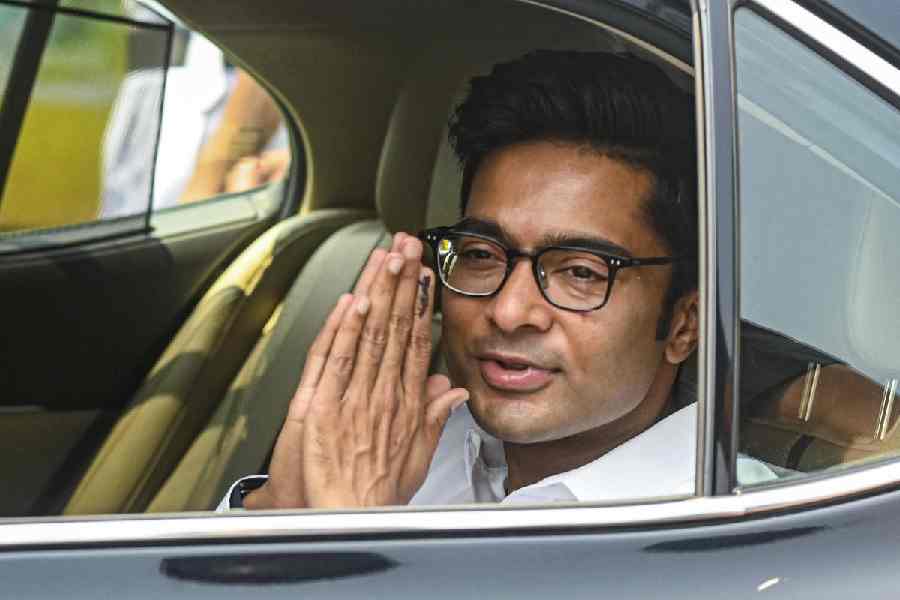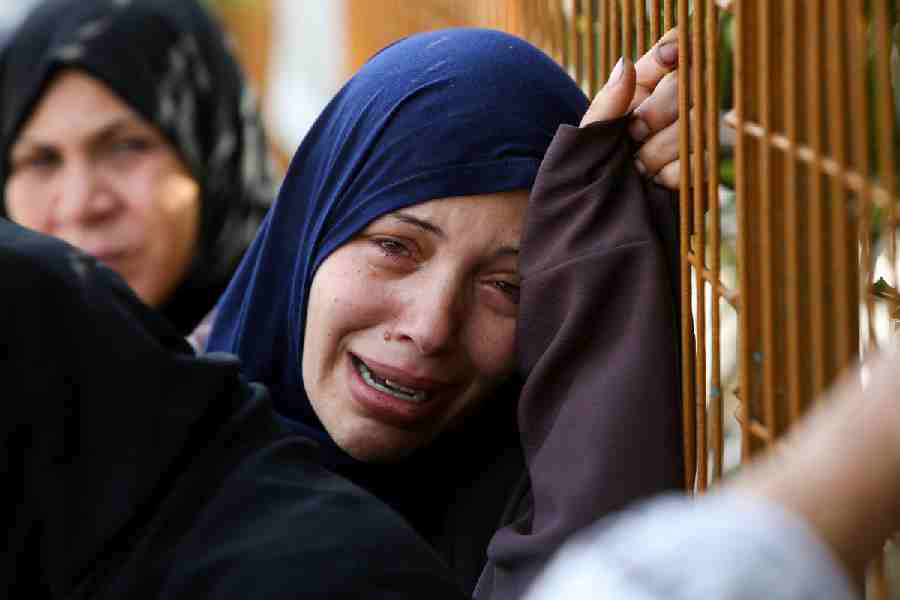 |
| Powerhorses |
The Meitei youths of today bear only a faint resemblance to the chivalrous warriors of the past, but pride and tradition remain inalienable traits of Manipuri society.
These characteristics come to the fore when young men and women play Sagol Kangjei — polo to the rest of the country.
Polo may be a symbol of status and aristocracy in India, but it remains the common man’s game in the green, sunlit Manipur valley.
“Our polo has nothing to do with status and royalty. All the players you see at the Palace Gate Stadium in Imphal come from middle-class families,” says N. Bedajeet Singh, chairman of the Manipur Horseriding and Polo Association.
Not surprisingly, polo is one of the traditional sports that find mention in the manifestos of the major political parties contesting this election. Both the Congress and the Manipur People’s Party have promised to promote and improve infrastructure for traditional sports.
The government’s official website declares that polo originated in the state in the “remote past”, though it was slightly different from the game that is played at the national level. In the 1999 National Games, Manipur were the polo champions.
Mounted on ponies, 20-odd players practise hard at the Palace Gate Stadium every morning and afternoon with their eyes set on national events, though they receive next to nothing for their labour
Bedajeet Singh, a former polo player, sets the record straight about the history of polo in Manipur. “The game started here in the 17th century, but it is not known how it came here.”
Although the ponies used for Sagol Kangjei lag behind thoroughbreds in terms of strength, they move faster and have better endurance. With time, the polo attire of the players has changed. Initially, the game was played by barefooted dhoti-clad players sporting turbans, but now it is perfectly in tune with international rules and players wear helmets and shoes.
The state’s achievement in the game is also impressive. Four of its players now play in the national team and Girimohan Singh, one of the leading players, won silver in horseriding in the last National Games at Hyderabad. Manipur came fourth in the event.
“Polo is in our blood and we will have to keep it alive by all means,” says Girimohan, taking a break from a practice.
The state has 16 local men’s teams and four women’s teams playing in the annual league, but the players could do with sponsorship. “Our ponies cannot keep up with the bigger horses of other teams in national competitions without a proper diet. Taking them to various venues on trucks and by train is also very expensive and we do not have much resources,” says Bedajeet.
The army and the Union sports ministry have donated 16 large horses, but they are also expensive to maintain.
Bedajeet believes political parties have taken a big step by including development of traditional sports in their manifestos. “Polo is part of our tradition and hopefully the parties will keep their promises,” he says.
Manipur has made great strides in sports over the last two decades. Manipur Football Association secretary L. Ranjit Roy proudly points out that around 100 players from the state represent different clubs in the national football league.
Now, if that does not put sports on the political priority list, nothing will.











